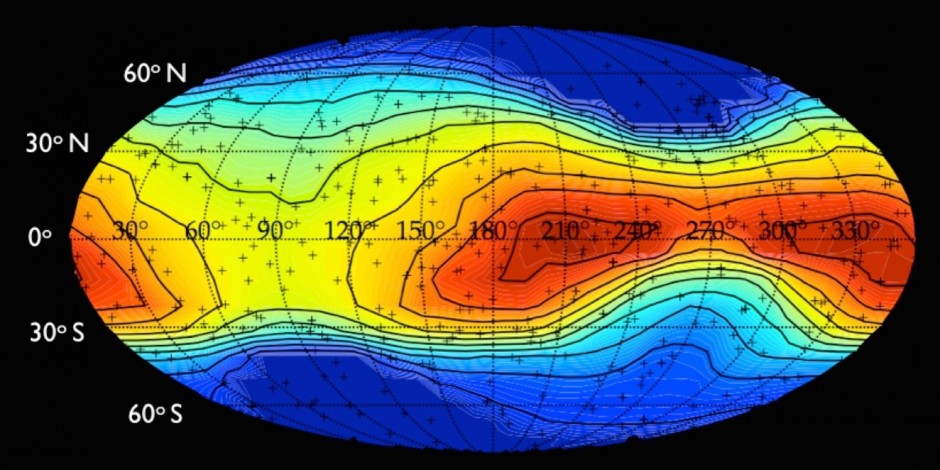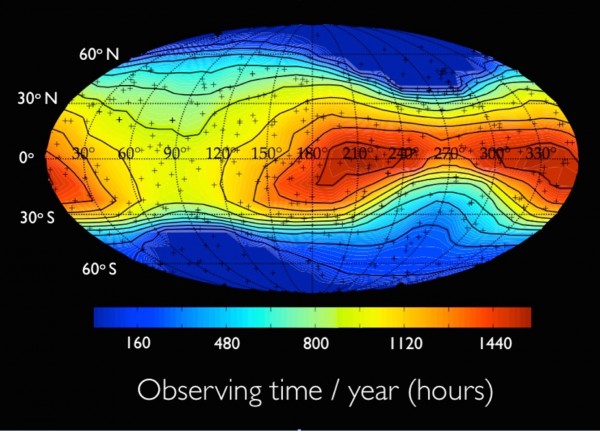Targets for CHEOPS

“In two years time CHEOPS will be in space, so before the launch we must have defined the observation program and a large part of the targets.” David Ehrenreich, CHEOPS Mission Scientist and member of NCCR PlanetS is categorical, “CHEOPS must be exploitable from the beginning of the mission”. All European scientists involved in the CHEOPS mission, including members of the NCCR, have therefore engaged in the exercise of proposing targets and programs. “A well followed exercise” comments David Ehrenreich, satisfied. “We received no less than 60 proposals which we will examine and verify during the coming months.” This review will be quite long because of the constraints imposed by the orbit, CHEOPS and the targets proposed by the astronomers. Indeed, the targets observation depends on their transits and their positions in the sky. In addition, due to the combined position of the Earth, the Sun and the satellite, the time available for CHEOPS for different regions of the sky can vary by a factor of one to ten.
The satellite is due to be launched at the end of 2017, so the program needs to be ready before that. Indeed, ESA having 20% of the observing time wishes to receive it six months beforehand in order to avoid duplication with its own programs. The programs will be run by the SOC (Science Operation Center) and comprise a schedule of 15 days in 15 days based on visible targets at this time, a schedule which will then be sent to the MOC (Mission Operation Center) in Madrid. The MOC will then send commands to the satellite and then send the raw images received by CHEOPS at the data center in Geneva. The creation of the observing program is not the only task of the SOC since it will be responsible for receiving images, their reduction and data archiving.
A program, which should perhaps uncover tens of Super Earths.
Categories: External Newsletter


